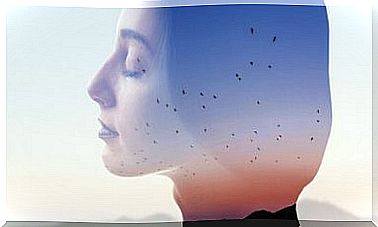Tricks To Capture The Attention Of An Audience

Almost everyone has to, sometime, make an exhibition in public. Many times we have no idea about the most appropriate techniques to capture the attention of an audience. Add to that the fact that we are in an era in which we compete with many other sources of stimulation to get that attention. For example, it is not uncommon to attend a conference and a good part of the capacity is, while listening, checking your mail.
It does not matter if we have to address 10 people or 100. The point is that a public exhibition only makes sense if we manage to capture the attention of an audience. The objective is to make a specific message known and a decentralized public is an obstacle to that objective.
To the above, we must add the fact that it is not only about capturing the attention of an audience, but also that it must be maintained. Typically, the audience is focused only for short periods of time, so an extra effort has to be made to keep this up. How to do it? These tricks can help.

Divide the presentation into short segments
The human brain needs variety. What bores or causes attention to drift is monotony or absolute symmetry. This must be taken into account when preparing our presentation. It is best to divide it into small segments. The passage from one segment to another has to involve some variation.
Likewise, the transit between one segment and another can be used to make a brief silence, or leave the central theme for a moment. This will help significantly not only to capture the attention of an audience, but also not to lose it once it is achieved.
Promote participation and use images
It is much easier to capture the attention of an audience when you get the audience to participate in some way. If it is a small group, it is well worth introducing questions or activities that encourage putting aside passivity.
If the audience is wider, questions can also be thrown on the air or asked to stand up or raise their hands those who meet a certain requirement. Depending on the topic, it is also possible to request that they change their chair or compete with each other to provide information.
On the other hand, presentations that include images tend to be much more attractive. If possible, present specific data such as statistics, comparative graphs, etc. It is also very valid to project a short video that allows to exemplify a situation or give rise to analysis.
Special data, an element to capture the attention of an audience
There are some informational elements with the greatest potential to arouse the interest and hold the attention of an audience. One of them is the fun facts. These refer to unusual, extreme or unusual situations. They cause an effect of surprise and, therefore, increase the attention of the public.
Another informative element that is usually very helpful are the examples. These help the audience form a mental picture of the situation being discussed. It is easier for attention to be kept with an example, as it specifies the data and facilitates understanding.
Making similes or designing metaphors is also usually very effective in capturing the attention of the interlocutors. This is because, as in the case of the examples, they contribute to strengthen the understanding of the information. On the other hand, with exaggerated examples we will not only make clear those ideas that we have previously detailed in a theoretical way, but we can also provoke a smile.

Sudden impacts and humor with caution
The presentation may include one or two sudden hits (spin shots). These occur, for example, by turning off the lights suddenly and being silent for a few seconds. Also introducing any factor that breaks with the linearity of the exposure. It is not good to go overboard because the forms can end up blurring the message you want to convey.
Humor is a great way to get an audience’s attention. However, it wins especially when it is used in intervals . On the other hand, if a joke or a joke comes out spontaneously, it is fabulous. Otherwise, you run the risk of not causing laughter in the public and that this one sees in you someone who “wants to be funny”. This will detract from what you are exposing.
Needless to say, all these tricks have no impact if your presentation is not relevant or is not very well prepared. The most important thing is that you really care about making valuable contributions to those who are going to spend their time listening to you. That is, if it is the content that you expose that keeps the audience attentive once you have gained that attention, the rest will be much easier.









